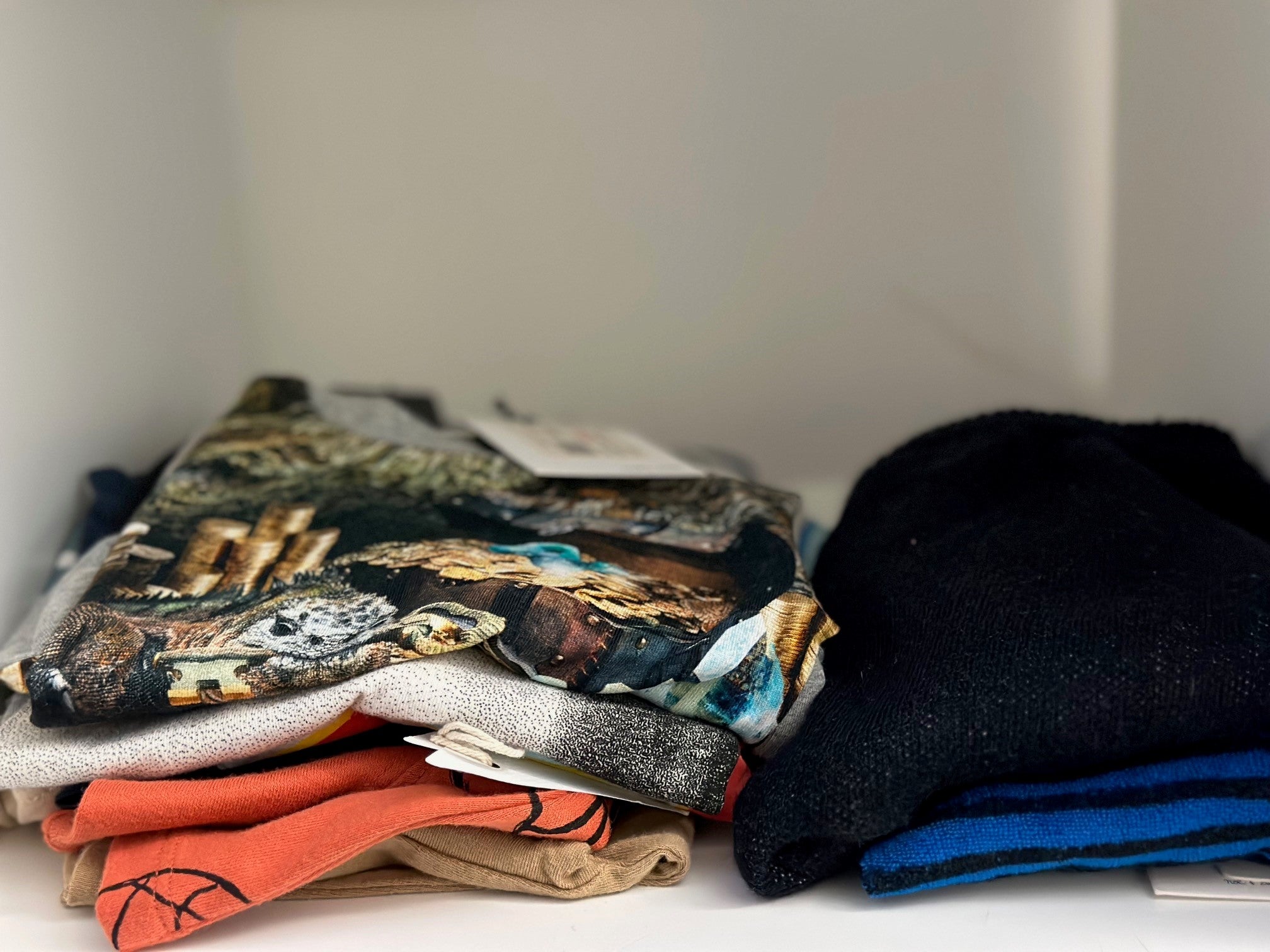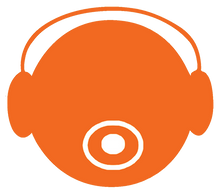LilleBaby 6-in-1 All Seasons Carrier: Why to Choose and How to Use

Another popular carrier we carry is the LILLEbaby 6-in-1 All Seasons carrier. This is a great one for someone who wants their carrier to do it all.
Why We Love the LILLEbaby Complete All Seasons 6-in-1
The name says it all: 6 in 1! This is a very versatile carrier that not only will grow with your baby but gives you the ultimate in flexibility as to how you want to carry your child. Fetal carry, inward and outward carry with both wide and narrow seat positions, hip carry and back carry with the LILLEBaby. And it's comfy for both you and the child!
Comfort features for you:
- Dense, plush padding on shoulders and waist belt
- Wide waist belt so carrying on your hips and not back/shoulders
- Contoured shoulder straps
- Structured lumbar support
- 2 way adjustable straps
- Back straps that can be worn straight or crossed
- Mesh panel for extra airflow.
Comfort features for baby:
This hip-healthy carrier has been recognized by the International Hip Dysplasia Institute.
- Carrier mimics natural clinging position for infants - called the "M" or "Frog" position
- Adjustable seat allows parent to widen fit as child grows
- Fold padded head support up to give extra support to young infants, and down when baby has neck control
- Zip down front panel has mesh for extra airflow
- Removable sun hood protects child's face from sun
LILLEbaby Complete All Seasons 6-in-1: How to Use It
Tips When Using the LILLEbaby Complete All Seasons 6-in-1

When front carrying, there are a few tips to follow:
- When affixing the waist belt pull the strap through the eleastic before buckling for extra security.
- Be sure that your little one's nose and mouth are clear and visible while you're carrying.
- Also be sure that you can kiss the top of their head while carrying them.
- They should be in "M" or Frog position with their knees higher than their bottom when front carrying.
- Make sure their chin is never on their chest as this can reduce airflow.
- Use the zip panels to add additional airflow.
- With every new position you try re-watch the video and read the instructions and tips. That way you'll keep both you and your baby comfy and safe!
LILLEbaby details when each of the carrier modes should be used:
Fetal carry/Wide Seat: Newborn to 2 months (7-12 lbs).
Here, babies are in the fetal carry position or froggy position, mimicking their fetal posture in the womb. Make sure you have a wide seat and position the infant pillow (sold separately) to prop baby up to the appropriate height. Baby's head should clear the top of the carrier panel and rest near the collar bone of the wearer's body.
Inward Facing Carry (Narrow seat)
This is designed to carry newborns and small infants in an ergonomically correct position ("M" position), where knees are higher than the bottom. The infant's legs will hang outside the carrier.
Inward Facing Carry (Wide Seat)
This is designed to provide ergonomic support for growing infants or toddlers whose legs are no longer supported by the carrier in the narrow seat position. Baby can move to the wide seat position when he or she can sit comfortably in the set with the fabric extending to but not beyond the knees (about 18 month clothing size). Baby's knees should be able to swing freely without bunching the fabric behind the knees. Readiness for wide seat is determined by femur length rather than weight or age. Do not carry small infants and newborns in wide seat position - use inward narrow seat position or wide seat fetal position.
Front Facing Carry (Narrow Seat)
This is an ideal carrying position to give curious little ones a front seat to the world. Because there's no head/neck support they cannot do this until they are 6 months or over and have excellent head control. Use the narrow seat position when outward facing. If the baby falls asleep, turn them immediately to inward facing position so they have head and neck support.
Hip Carry (Wide Seat)
An alternative carrying position for growing toddlers who want to see the world without blocking mom or dad. Babies must be over 6 months and have excellent head and neck control. This position is only used with a wide seat position.
Back Carry (Wide Seat)
As older infants and toddlers grow heavier and taller, this is a great position that allows comfort for both carrier and carried. Once babies fit the carrier's wide seat setting (approx 18 months clothing size) back carrying is a great option!
---
As you can see you have loads of choice with this carrier --- it's no wonder we love it so much! Come in and try it for yourself at Babesta in Tribeca























Leave a comment